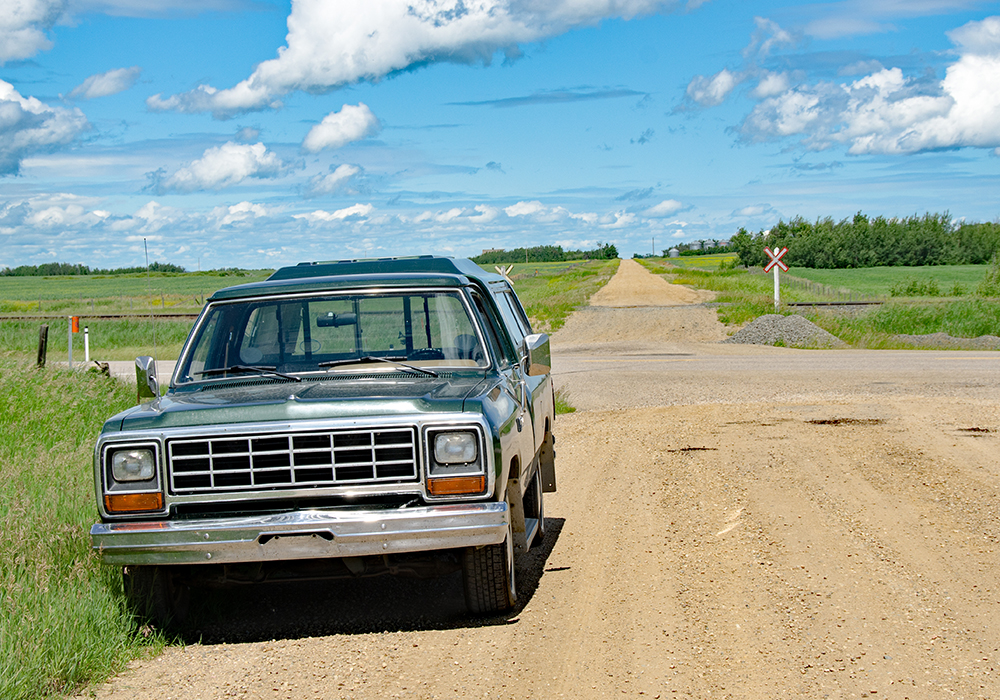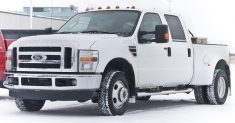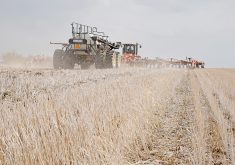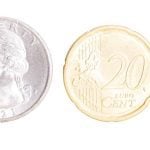When you buy a vehicle for the farm, you must figure out which class of depreciable property it has to be classified under.
There are specific rules as to how to correctly determine the class of your vehicle.
Canada Revenue Agency may review your class 10 and 10.1 additions to make sure you are correctly identifying the class and claiming the correct amount of GST.
The following are how to classify your vehicle in class 10:
- There are three or less seats and it is used more than 50 percent of the time to transport goods, equipment, or passengers for the farm.
- The vehicle has three or more seats and is used more than 90 percent of the time to transport goods, equipment or passengers for the farm.
- Or if you are earning or producing income at a location or worksite that is at least 30 kilometres from the nearest community with a population of at least 40,000 and using your vehicle at least 50 percent of the time for this travel.
Read Also
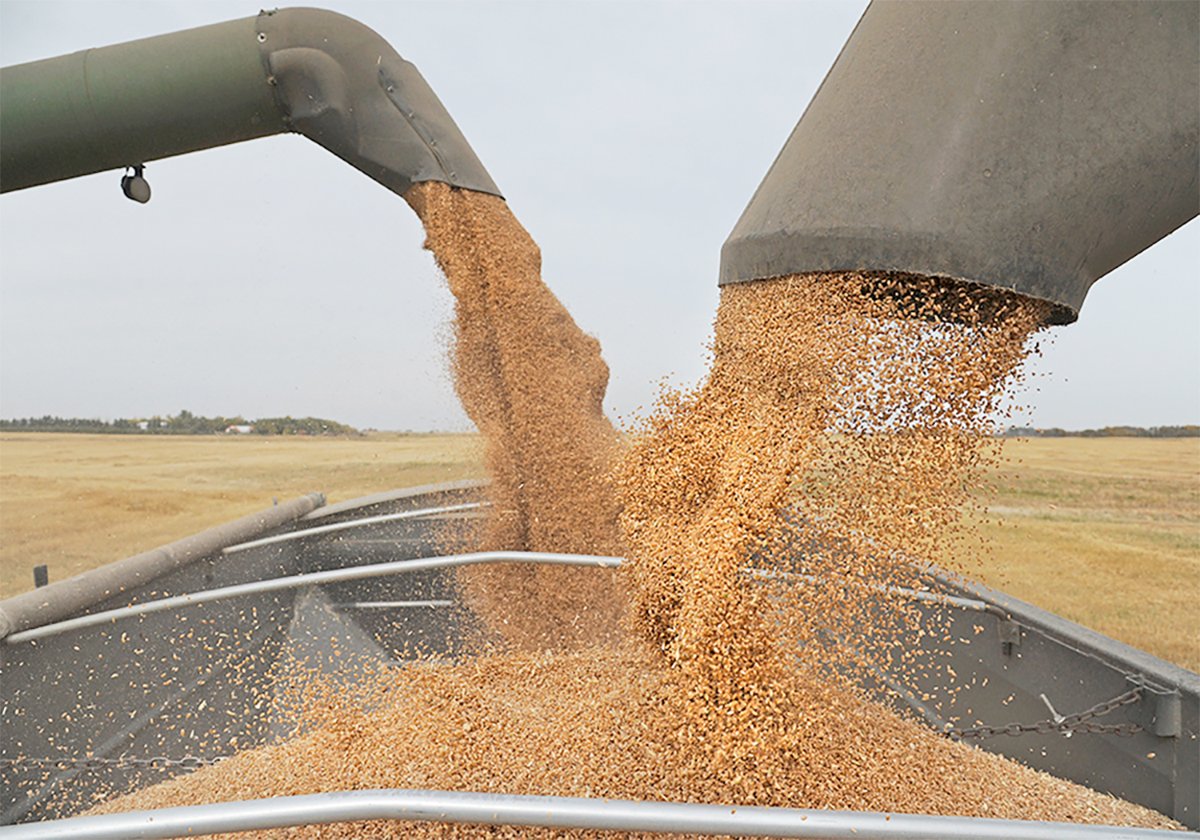
Agriculture productivity can be increased with little or no cost
There’s a way to enhance agricultural productivity with little or no cost. It doesn’t even require a bunch of legislative changes.
Class 10.1 is a bit more complicated because it depends on the year the vehicle was bought and the price it was bought for, without including GST, PST, or HST.
If you purchased a passenger vehicle in 2021 for any amount of more than $30,000, you can only record $30,000 plus any tax amounts you paid. For example, you bought a vehicle for $34,000 and have $3,000 in taxes, the capital cost you can enter is $33,000 ($30,000+$3,000).
To calculate the base amount of capital cost allowance under class 10.1 if you acquired the vehicle in 2021 and it is not an accelerated investment incentive property, then you can only claim capital cost allowance on 50 percent of the capital cost. This is also known as the 50 percent rule. However, if you acquired a vehicle in 2021 and it qualifies as accelerated investment incentive property, and you still own it at the end of 2021, then the 50 percent rule does not apply.
To record disposals of class 10.1 in 2021 you will record the lesser of the proceeds of disposition of the vehicle minus the related outlays and expenses, or the capital cost of the vehicle.
The similarities and differences of class 10 and 10.1 are as follows:
- The CCA rate for each class is 30 percent.
- You can group all class 10 vehicles into the one class.
- You have to list all vehicles separately in class 10.1.
- There is no maximum for capital cost in class 10 but there is a maximum of $30,000 in class 10.1.
- There is the 50 percent rule on acquisitions for both classes.
- When selling the vehicle, you cannot claim the half-year rule on class 10, but you can claim it on class 10.1.
- You can have a recapture or trade-in on class 10 but not on class 10.1.
- You cannot have a terminal loss on sale or trade-in on either class.
When filling out the CCA schedule for both classes it will be on Form T777. Part A of the form will be filled out for class 10 and Part B will need to be filled out on class 10.1.
Colin Miller is a chartered accountant and partner with KPMG’s tax practice in Lethbridge. Contact: colinmiller@kpmg.ca. He would like to thank Karrie Geremia and Alexa Spetz of KPMG for their assistance with writing this article.

